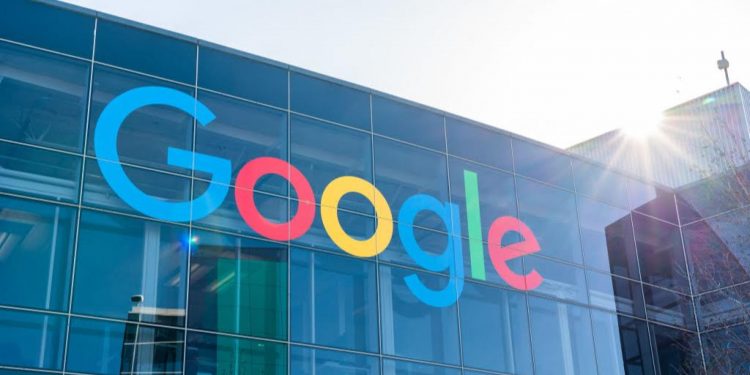San Francisco: To provide greater transparency and equip users with more information about who is advertising to them, Google Thursday announced that its identity verification policy will now cover all advertisers on its platforms and the identity verification programme will “take fear years to complete.
Google currently verifies political advertisers in 30 countries in an effort to maintain election integrity.
Now, all advertisers will be required to complete a verification programme in order to buy ads on Google network. They will need to submit personal identification, business incorporation documents or other information that proves who they are and the country in which they operate.
“Beginning this summer, users will start to see disclosures that list this information about the advertiser behind the ads they see,” Google said in a statement.
John Canfield, Director of Product Management, Ads Integrity at Google said that the company will start by verifying advertisers in phases in the US and continue to expand globally.
“We are working closely with our advertising partners to scale the programme while continuing to ensure we are surfacing helpful information to our users, we expect that this process will take a few years to complete,” said Canfield.
This change will make it easier for users to understand who the advertiser is behind the ads they see from Google and help them make more informed decisions when using the advertising controls.
Google said the move will also help support the health of the digital advertising ecosystem by detecting bad actors and limiting their attempts to misrepresent themselves.
In 2018, the company announced a new identity verification policy for political advertisers. The policy requires all advertisers that want to run election ads on Google platforms go through a verification program to confirm their identity.
The company displays that identity in the ad unit so that users can learn more about the election ads they see on Google’s platforms.
“We’re committed to giving our users transparency, choice and control when it comes to the ads they see on our platforms,” said Canfield.
Google already offers tools like Ad Settings which allows people to control how ads are personalized or even opt-out of personalized ads altogether, as well as features like Why this ad? That helps explain why a specific ad is being shown.
“Now, we’re working to bring additional transparency into the advertiser behind the ads people see,” said the tech giant, adding that the goal is to make more information about the ad experience universally available and accessible.
“Broadening our verification policy is the next step in reaching that goal,” it added.






































